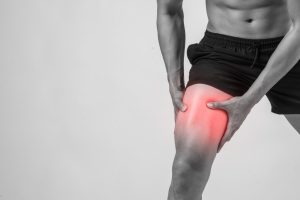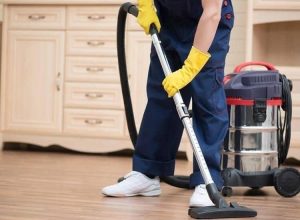
As it is well-known, snoring and sleep apnea go hand-in-hand. CPAP machines are the most effective treatment for obstructive sleep apnea. This article will provide an overview of how sleep apnea affects your health and explore amazing cpap machines options to help correct these problems.
What is Sleep Apnea?
Sleep apnea is a disorder that causes temporary pauses in breathing during sleep. These pauses can last as long as 30 seconds but are usually not noticed by the person experiencing them. Persistent symptoms of sleep apnea have been linked with hypertension, diabetes, stroke, heart disease, and Alzheimer’s disease due to lack of oxygen in the body while awake or asleep. Sleep apnea is diagnosed by an overnight study in a sleep lab called a polysomnogram.
A Therapeutic Approach to Sleep Apnea

The symptoms of sleep apnea are characterized by repeated pauses in breathing throughout the night and can be treated with a special device called a CPAP machine which stands for Continuous Positive Airway Pressure. The CPAP machine acts as an air splint to keep the airways open during sleep. This allows for the normal flow of oxygen into the body and allows for healthy restfulness throughout the night. The CPAP machine works by gently blowing compressed air into your nose via nasal tubes that are attached to machine. Many patients find this process helpful, while others dislike it greatly.
How Does The CPAP Machine Work?
A normal breathing cycle consists of inhalation, exhalation, and a pause in between. When an individual is sleeping with sleep apnea, he or she will inhale into the lungs and then stop breathing for a period of time ranging from several seconds to minutes. A CPAP machine is used to force air into the individual’s nose to keep his or her airways open during sleep and increase oxygen flow into the body so that obstructive sleep apnea symptoms can be reduced. The patient wears nasal prongs that are attached by hoses to an external unit (the CPAP machine).








